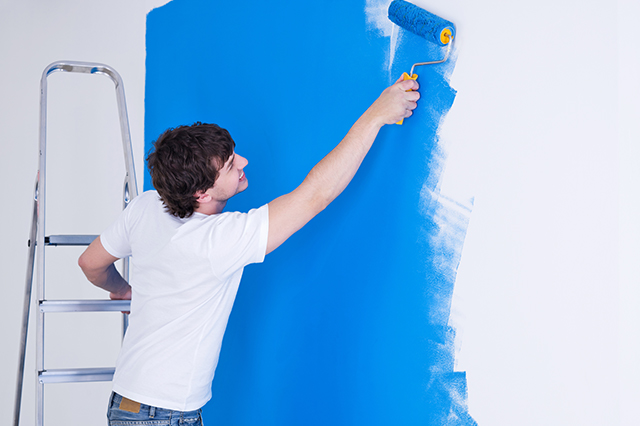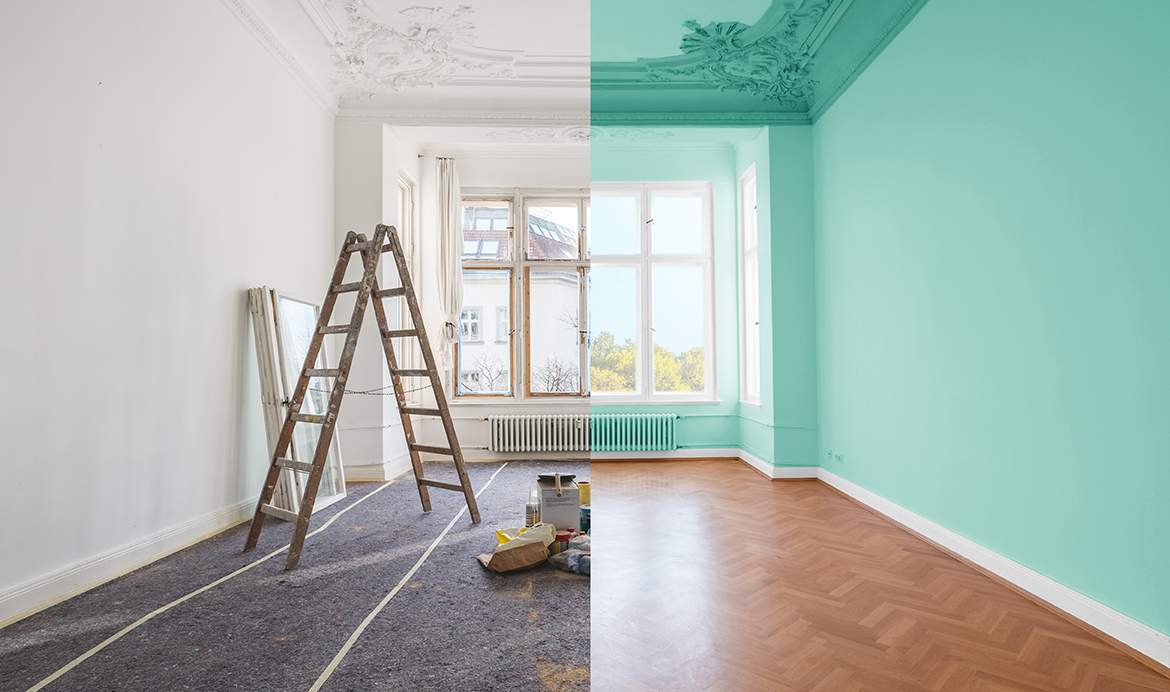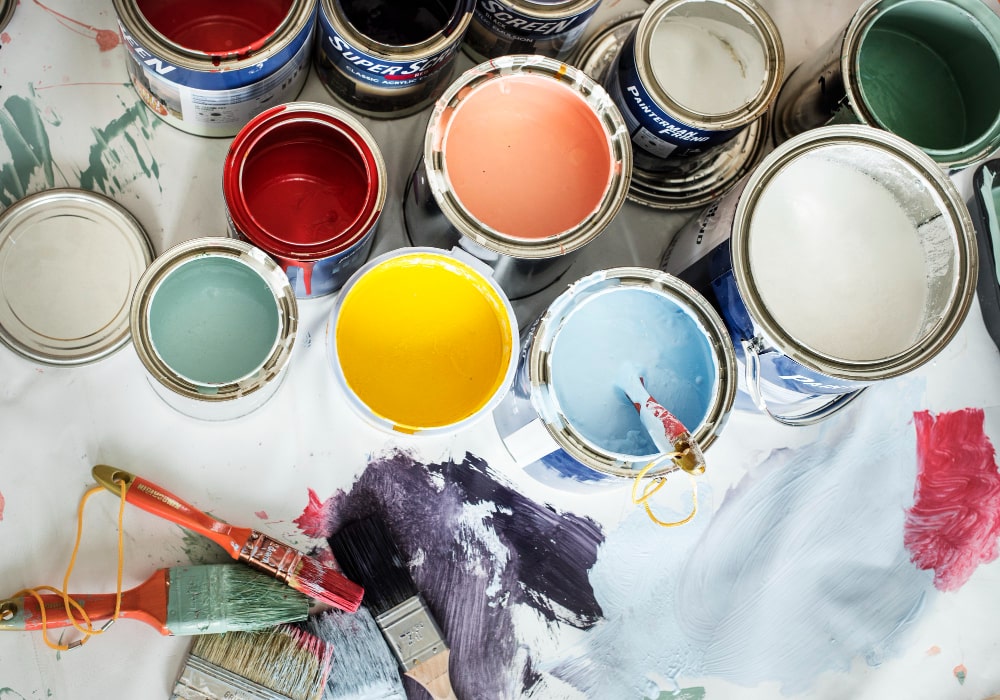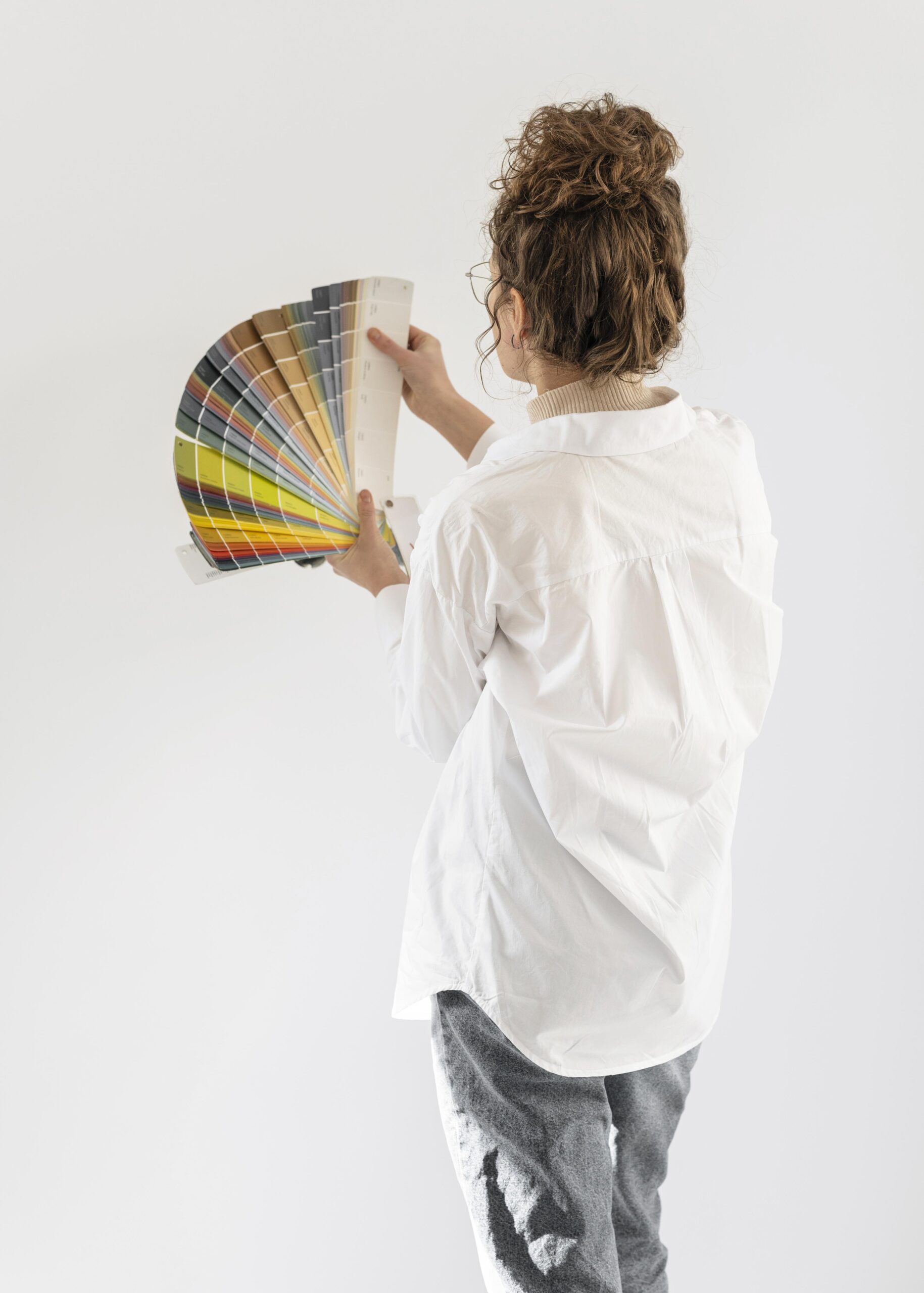- Free Estimates

Vinyl siding is a popular choice for homes in Avon, CT, due to its durability and low maintenance requirements. But after years of exposure to New England’s shifting seasons—sun, snow, humidity, and wind—it can start to fade or look dated. Rather than replacing it entirely, many homeowners wonder: Can you paint vinyl siding? The good news is, yes—but success depends on timing, prep, and knowing what works in Avon’s unique climate.
Here are five essential steps to paint vinyl siding the right way and make it last.
✔ Yes, you can paint vinyl siding if it’s in good condition and properly prepped.
✔ Use acrylic urethane paint labeled “vinyl safe” to avoid warping or peeling.
✔ Clean siding thoroughly and let it dry completely before painting.
✔ Paint during mild, dry weather—ideally in spring or early fall.
✔ Applying two light coats gives better, longer-lasting coverage than one thick coat.
✔ Regular maintenance like gentle washing and touch-ups extends the paint’s life.
✔ Professional painters help avoid costly mistakes and ensure lasting results.

Can you paint vinyl siding?—yes, with the right approach! Vinyl siding can be painted as long as it’s in good condition, free from warping or heavy damage. Choosing a high-quality, vinyl-safe paint and following proper preparation steps makes it possible to refresh the exterior without replacing the siding. When done correctly, painting vinyl siding can improve curb appeal and extend its lifespan, even in Avon’s unpredictable weather.
Before applying anything, the siding must be clean and dry. Dirt, mold, and chalky residue prevent paint from sticking properly. Skipping this step leads to peeling and a shorter lifespan for the finish.
Not all paints are made for vinyl. Choosing the wrong type can lead to warping or poor adhesion, especially with Avon’s temperature swings. To get lasting results, the paint must work with the material and stand up to weather.

Timing is everything when deciding to paint vinyl siding in a place like Avon. Too hot, too cold, or too humid—and the results won’t last. Painting under the right conditions helps the paint cure properly and stick for the long haul.
Even with the right paint and prep, poor technique can ruin the job. Applying paint the right way ensures even coverage and strong adhesion. This step is where attention to detail truly pays off.
Before committing to the project, it’s important to weigh the costs. Whether hiring a professional or going DIY, several factors influence the final price. Knowing what to expect helps avoid surprises.

Material and Equipment Costs: High-quality vinyl-safe paint can run $50–$70 per gallon, and one gallon typically covers 250–300 square feet. Add in primer, cleaning supplies, sprayers, drop cloths, and safety gear, and the total cost to paint vinyl siding can vary widely depending on the home’s size and condition.
Before deciding to paint vinyl siding, it’s important to ensure the material is still in good condition. While a quick visual check can help, a professional assessment is best for identifying hidden damage that could affect paint adhesion.
If the siding is beyond saving, fall offers ideal weather, comfortable working conditions, and potential savings—making it a smart time to consider full replacement.
If the siding has visible cracks, chips, or full breaks along the panels, it’s likely beyond saving. These flaws allow moisture to seep behind the siding, leading to mold and interior damage. Even the best paintable vinyl siding won’t perform if the material underneath is compromised.
Siding that bulges or ripples along the surface may have expanded due to heat exposure or improper installation. Warping is a red flag that the structure has lost its integrity and paint won’t adhere evenly. Attempting to paint vinyl siding in this condition usually leads to peeling within a season.
Persistent black or green patches—especially near gutters, downspouts, or shaded sides—can signal mold or underlying rot. Even after cleaning, these areas often indicate water has been trapped behind the panels for too long. Professionals can determine whether these sections should be replaced before trying to paint vinyl siding.
Old vinyl siding that feels brittle to the touch or flakes when scrubbed may be at the end of its lifespan. UV rays can break down the plastic over time, leaving it chalky, thin, and unresponsive to paint. In this case, even the cost to paint vinyl siding won’t be worth it—replacement is the better investment.
Gaps between siding panels or loose edges can expose the house wrap underneath and disrupt airflow. Paint cannot seal structural issues or hold pieces in place, which makes the results unpredictable. A professional should inspect and correct the siding layout before applying any vinyl-safe paint.
Small holes, chew marks, or nesting areas behind panels may point to insect damage. Wasps, carpenter ants, and even squirrels can burrow behind siding, creating hidden damage that paint can’t cover. If infestation is found, painting vinyl siding without addressing the root issue will only mask the problem temporarily.

Once the work is done, maintaining painted vinyl siding is essential to keeping your home’s exterior looking fresh and protected—especially in places like Avon, CT, where weather conditions can change rapidly.
While painting can revive the siding’s color and curb appeal, it’s not a permanent fix. Regular maintenance after installation, which on average totals around $12,218 for vinyl siding, is necessary to protect your investment.
Dirt, pollen, and pollution can dull the finish, especially after spring and fall. Use a garden hose with a soft-bristle brush or sponge and a mild soap solution to clean the surface without stripping the paint. Avoid harsh power washing, which can damage paint—even on paintable vinyl siding.
Every few months, walk around the house and look for signs of peeling, flaking, or bubbling. These issues can show up if the surface wasn’t prepped correctly or if weather conditions were too harsh during application. Catching problems early helps reduce the cost to paint vinyl siding over time.
Minor scuffs or paint loss around doors, corners, and high-traffic areas are normal. Keep a small can of the original vinyl-safe paint on hand for quick touch-ups with a brush. If there’s widespread fading, it’s best to consult a professional before trying to repaint vinyl siding completely.
Bushes, vines, or trees brushing against the house can wear down painted surfaces over time. Moisture and debris from plants often lead to mildew or surface scratches, especially near the foundation. Keeping vegetation trimmed helps protect paint vinyl siding from premature damage.
Water can seep behind painted siding if caulk around windows, vents, or trim begins to break down. Inspect these areas twice a year and re-caulk as needed using exterior-grade products. A professional can assess whether failing seals are affecting the longevity of paintable vinyl siding.
South- and west-facing walls take the most UV abuse throughout the year. These areas may fade faster than shaded sides, even when using top-tier vinyl-safe paint. Repainting high-exposure sections every few years can preserve curb appeal and lower the long-term cost to paint vinyl siding.
Yes, vinyl siding can be painted multiple times as long as the surface is in good condition. Each new coat should follow the same prep process, including cleaning and using vinyl-safe paint. Skipping proper prep can cause earlier layers to peel or bubble, reducing the life of the new finish. To maintain paintable vinyl siding properly, professionals recommend repainting no more than two to three times over its lifespan.
In many cases, painting vinyl siding can void the manufacturer’s warranty—especially if the paint color is darker than the original. It’s important to check the siding brand’s warranty guidelines before beginning the project. Some brands allow repainting with approved colors and vinyl-safe paint products. Working with a professional helps avoid costly mistakes and protects the investment and the cost to paint vinyl siding.
Painting vinyl siding during winter is not recommended due to low temperatures and high moisture levels. Cold weather prevents paint from curing properly, which leads to cracking or poor adhesion. Most exterior paints require temperatures above 50°F, even overnight. For best results, plan to paint vinyl siding during spring or fall when conditions are more stable.
While it’s possible to tape off shutters and fixtures, removing them before painting is highly recommended for a clean, even result. Painting around them can leave gaps, missed spots, and uneven edges. Professionals typically detach light fixtures, vents, and trim to ensure smooth coverage. It’s a small extra step that preserves the look of paintable vinyl siding and prevents drips or uneven texture.
Yes, previously painted vinyl siding can be repainted if the existing paint is still intact and not peeling. The surface should be cleaned thoroughly, and any loose or damaged areas must be sanded or scraped. Applying fresh vinyl-safe paint on a solid base will help maintain the siding’s durability and appearance. Keep in mind, however, that each repaint may reduce flexibility in color options and increase the cost to paint vinyl siding over time.

Ready for a fresh exterior that stands up to every New England season? Avon Professional House Painter brings expert skill, quality materials, and local experience to every project, including those looking to paint vinyl siding the right way. From prep to finish, our crew in Avon, CT, handles every detail with care—protecting your home’s value while making it shine.
For results that last and color that fits Avon’s charm, trust the team that knows how to do it right the first time. Work with us today!